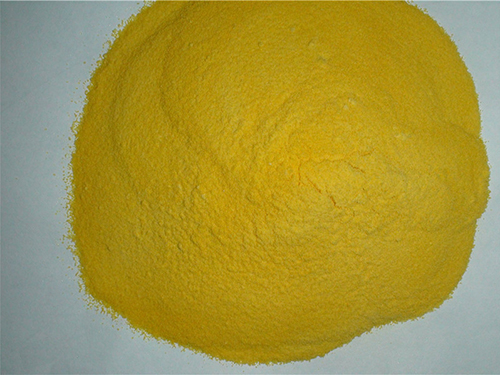Polyaluminum Chloride in Water Treatment Applications and Its Effectiveness
Polyaluminum Chloride in Water Treatment An Effective Solution
Water treatment is an essential process in ensuring that our drinking water is safe and clean for consumption. One of the significant advancements in this field is the use of polyaluminum chloride (PAC), a coagulant widely used in the clarification of drinking water, wastewater, and industrial effluents. This article explores the properties of polyaluminum chloride, its mechanisms of action during water treatment, and its advantages over traditional coagulants.
Polyaluminum chloride is a type of aluminum-based coagulant that generally consists of aluminum hydroxide and aluminum chloride. It is a white, powdery substance that is soluble in water and has a high charge density. This unique composition makes PAC an effective agent for removing turbidity, organic matter, and other contaminants from water. The use of PAC has increased significantly in the water treatment sector due to its efficiency and versatility.
The primary mechanism through which polyaluminum chloride works involves coagulation and flocculation. When PAC is added to water, it dissociates into aluminum ions, which then neutralize the negative charges on suspended particles. These particles, which include silt, clay, bacteria, and other impurities, can remain suspended in water due to their negative charges. The neutralization process allows these particles to aggregate, forming larger clumps called flocs. Once flocs are formed, they can easily be removed from the water through sedimentation or filtration. This process significantly enhances the clarity of treated water, making it safe for human consumption and environmental discharge.
polyaluminum chloride water treatment

One of the main advantages of polyaluminum chloride over traditional coagulants, such as alum (aluminum sulfate), is its improved effectiveness at lower dosages. Research shows that PAC requires approximately 50% less dosage compared to alum to achieve similar results in turbidity removal. This is not only cost-effective but also leads to less sludge production, reducing the burden on waste treatment facilities. Additionally, PAC performs well across a broad range of pH levels, making it adaptable in various water conditions.
Another benefit of using polyaluminum chloride is its ability to remove organic contaminants, including color and dissolved organic matter. This is particularly important as increased organic loading can lead to challenges in disinfection during later stages of water treatment. The use of PAC can improve the overall quality of water, ensuring compliance with health and safety regulations.
Moreover, PAC has been shown to produce fewer residual aluminum ions in treated water compared to traditional coagulants. This aspect is increasingly significant as health concerns regarding aluminum exposure have risen in various communities. The reduced aluminum residuals mean that treated water is safer for human health, contributing to better public perception of water treatment practices.
In conclusion, polyaluminum chloride has emerged as a powerful coagulant in the water treatment industry. Its ability to effectively remove turbidity and organic contaminants at lower dosages, coupled with its versatility across different water qualities, makes it a preferred choice for many water treatment facilities. As we continue to face challenges related to water scarcity and pollution, the adoption of efficient and effective solutions like PAC will play a critical role in ensuring safe drinking water for communities worldwide. As technology and research in water treatment evolve, the importance of polyaluminum chloride and similar innovations will undoubtedly increase, providing a pathway toward sustainable water management practices.
-
Pbtc Scale InhibitorPBTC: A Scale Protector for Industrial Water TreatmentNewsAug.05,2025
-
Organic Phosphonate: An Efficient Defender in the Field of Scale InhibitionNewsAug.05,2025
-
Hydrolyzed Polymaleic Anhydride: Green Pioneer in Scale Inhibition FieldNewsAug.05,2025
-
PAPEMP Polyamino Polyether Methylene Phosphonic Acid For SaleNewsAug.05,2025
-
Flocculant Water Treatment: A Pioneer in Purification in the Field of Water TreatmentNewsAug.05,2025
-
Benzyl Isothiazolinone: An Efficient and Broad-Spectrum Antibacterial Protective GuardNewsAug.05,2025





